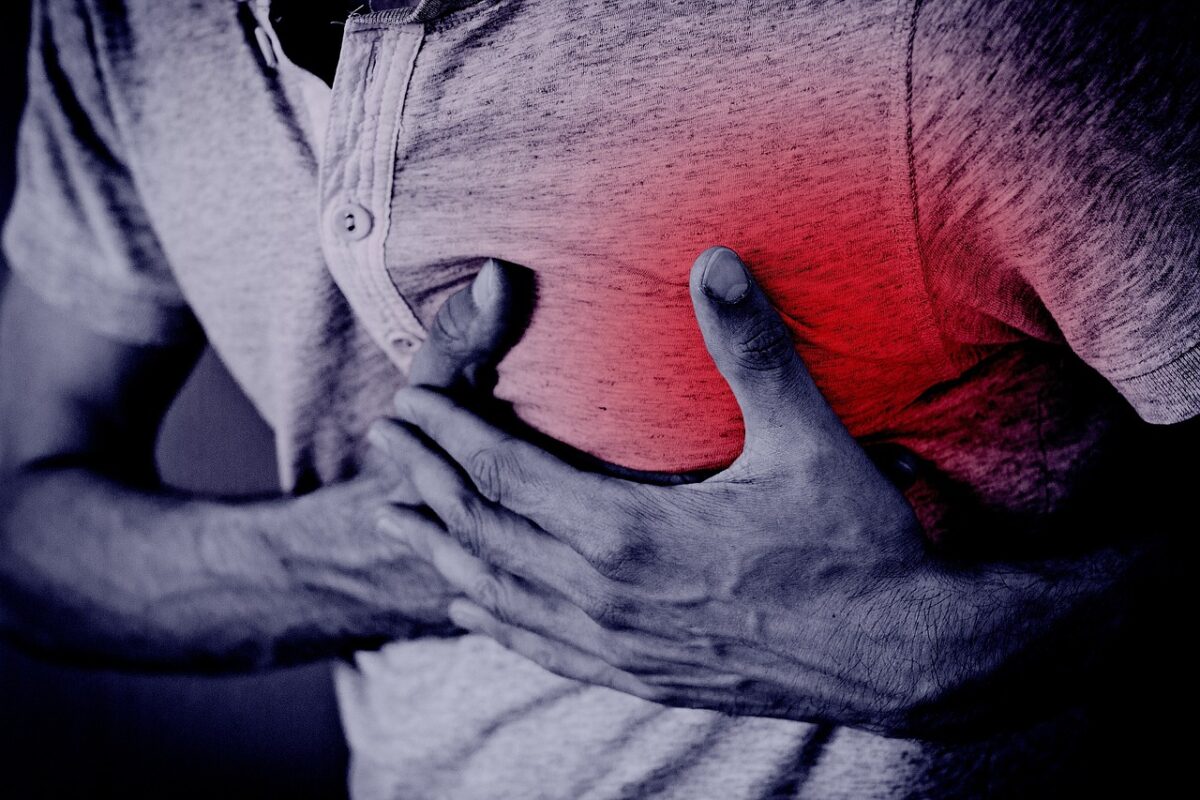
The Silent Killer and How To Prevent It as a Driver.
High blood pressure is just an absolute problem when it comes to people’s lives. It can be a trainwreck in the making. over one third of people are affected by it daily…but what exactly does that mean? It is simple, it is a time bomb waiting to happen and it is just time before it gets you. My wife has high blood pressure, so this was a deep concern for me.
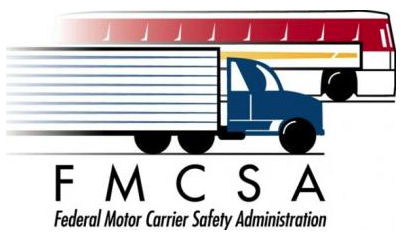
As a driver, there are certain standards that FMCSA has created to make sure everyone is healthy on the road. Without warning, high blood pressure could creep up on you. You could step right into the Doc’s office only to be hit with a minimal medical card….or worse….not one at all.
I don’t know about you, but not getting a medical card is “No Bueno” in my book. No money, no career, no job, that screams disaster to me…an it should to you, too. Here, I will go over some basic things you can do to lower your blood pressure and make sure your in good standing at the Doc’s office.
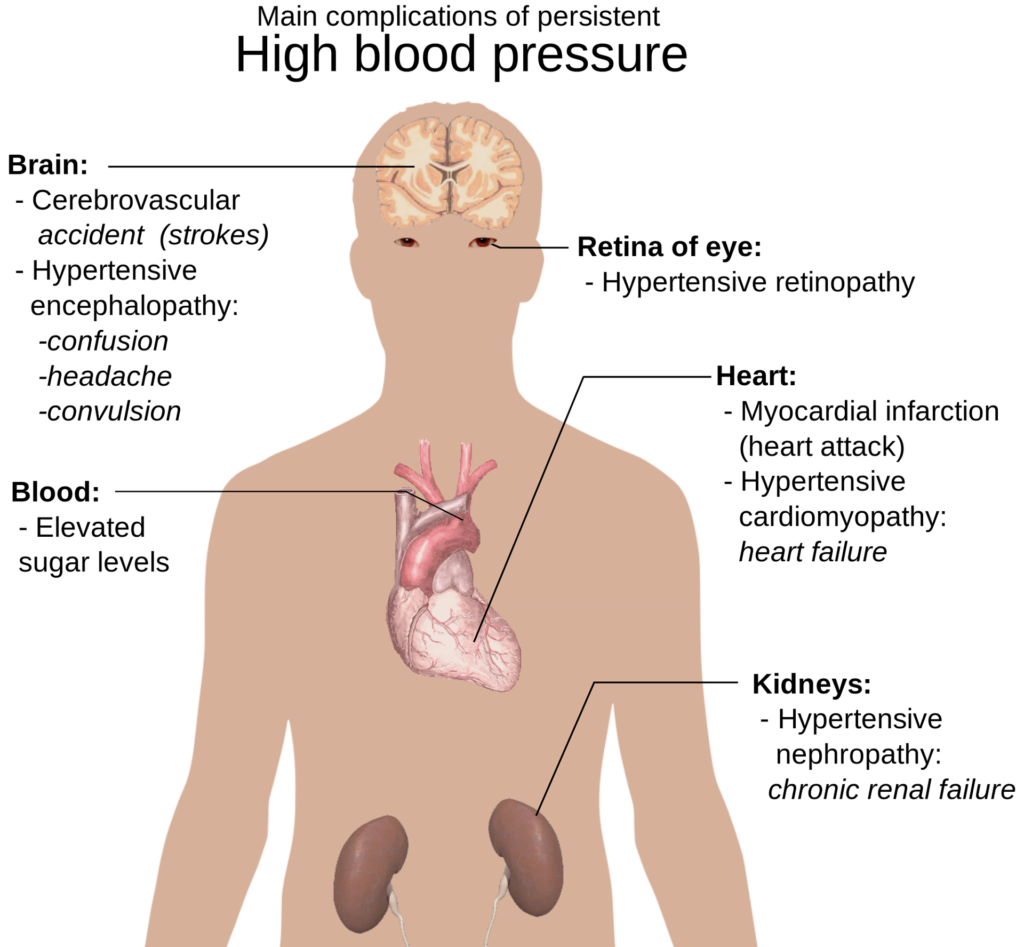
Symptoms of High Blood Pressure?
According to “Centers For Disease Control, CDC.Gov” High Blood Pressure…or (Hypertension)
“High blood pressure usually has no warning signs or symptoms, and many people do not know they have it. Measuring your blood pressure is the only way to know whether you have high blood pressure.”
This is generally why they call high blood pressure…”The Silent Killer” because it can create cardiac arrest (Heart Attack) without warning.
However, according to WebMD.com, there are some warning signs if High Blood Pressure is severe or extreme. Here is what they had to say,
If your blood pressure is extremely high, there may be certain symptoms to look out for, including:
- Severe headaches
- Nosebleed
- Fatigue or confusion
- Vision problems
- Chest pain
- A hard time breathing
- Irregular heartbeat
- Blood in the urine
- Pounding in your chest, neck, or ears
- Seizures
People sometimes feel that other symptoms may be related to high blood pressure, but they may not be:
- Dizziness
- Nervousness
- Sweating
- Trouble sleeping
- Facial flushing
- Blood spots in eyes
The only true way of knowing if you have high blood pressure would be to see a doctor or to take your own blood pressure either at home or in the truck. This is my opinion and it appears it is also the suggestion of Professionals.
FMCSA Guidelines for blood pressure.
According to (FMCSA) or Federal Motor Carrier Safety Administration, you need to have a 140/90 mmHg to be eligible for a CDL and pass the Dot Physical. So, keep that in mind if you, your spouse, or your doctor needs to check you. Now, you know at least what you need to pass…and how dangerous it is if you go over.
This is word for word what FMCSA says about the requirements:
A CMV driver with a Blood pressure (BP) <140/90 may be certified for 2 years. Stage 2 – BP 160-179/100-109 Certification Period 3 months as one time certification. Within the 3 months, if the blood pressure is below 140/90, the driver may receive 1 year certification. Stage 3 – BP Reading >180/110 Disqualified.
If you would like to know more about Blood Pressure guidelines for DOT Physicals, I suggest checking out this page here.
Ways to Control Blood Pressure without Meds
According to MayoClinic.org, here are several ways to lower your High Blood Pressure without medications. This is verbatim of what they said:
- Lose extra pounds and watch your waistline. …
- Exercise regularly. …
- Eat a healthy diet. …
- Reduce salt (sodium) in your diet. …
- Limit alcohol. …
- Get a good night’s sleep. …
- Reduce stress. …
- Monitor your blood pressure at home and get regular checkups.
If you have high blood pressure, you may wonder if medication is necessary to bring the numbers down. But lifestyle plays a vital role in treating high blood pressure. Controlling blood pressure with a healthy lifestyle might prevent, delay or reduce the need for medication.
Here are 9 lifestyle changes, that can lower blood pressure and keep it down from MayoClinic.org.

1. Lose extra pounds and watch your waistline
Blood pressure often increases as weight increases. Being overweight also can cause disrupted breathing while you sleep (sleep apnea), which further raises blood pressure.
Weight loss is one of the most effective lifestyle changes for controlling blood pressure. If you’re overweight or have obesity, losing even a small amount of weight can help reduce blood pressure. In general, blood pressure might go down by about 1 millimeter of mercury (mm Hg) with each kilogram (about 2.2 pounds) of weight lost.
Also, the size of the waistline is important. Carrying too much weight around the waist can increase the risk of high blood pressure.
In general:
- Men are at risk if their waist measurement is greater than 40 inches (102 centimeters).
- Women are at risk if their waist measurement is greater than 35 inches (89 centimeters).
These numbers vary among ethnic groups. Ask your health care provider about a healthy waist measurement for you.
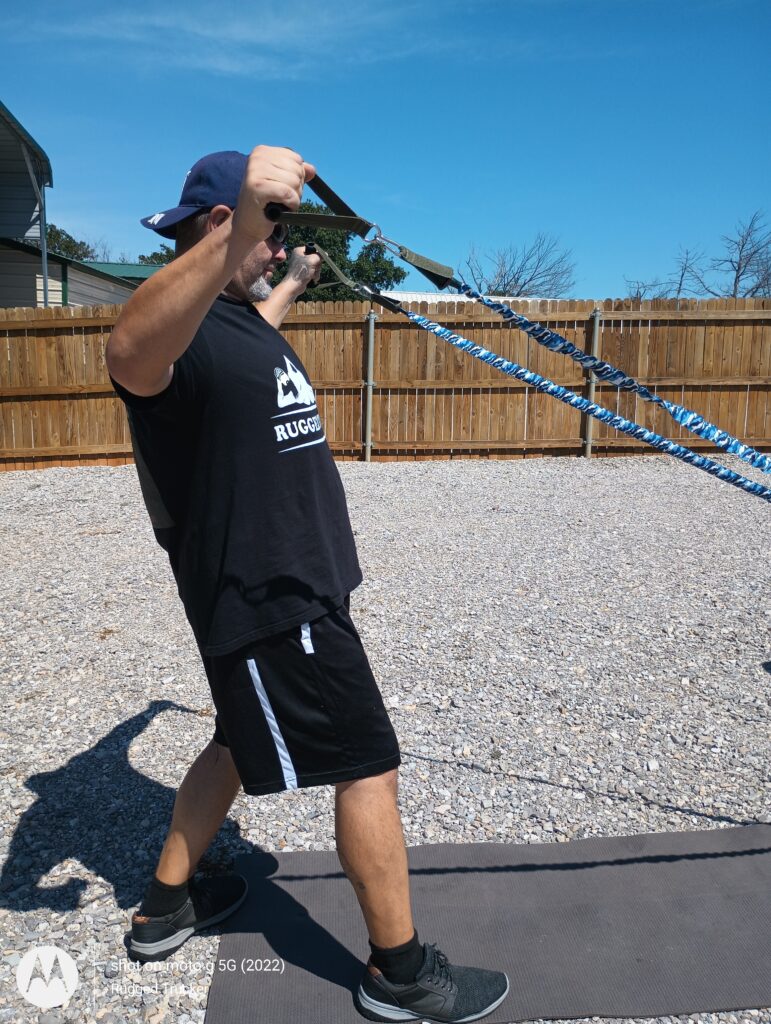
2. Exercise regularly
Regular physical activity can lower high blood pressure by about 5 to 8 mm Hg. It’s important to keep exercising to keep blood pressure from rising again. As a general goal, aim for at least 30 minutes of moderate physical activity every day.
Exercise can also help keep elevated blood pressure from turning into high blood pressure (hypertension). For those who have hypertension, regular physical activity can bring blood pressure down to safer levels.
Some examples of aerobic exercise that can help lower blood pressure include walking, jogging, cycling, swimming or dancing. Another possibility is high-intensity interval training. This type of training involves alternating short bursts of intense activity with periods of lighter activity.
Strength training also can help reduce blood pressure. Aim to include strength training exercises at least two days a week. Talk to a health care provider about developing an exercise program.
At RuggedTrucker.com, we took the guesswork out of exercising on the road. If you are serious about becoming more fit, we have over 100 videos;
Workouts included are:
- Chest
- Shoulder
- Arms
- Back
- Abs
- Calisthenics
- Stretching
Connect with drivers who share the same desire to be fit as you.
3. Eat A Healthier Diet. (This is challenging if you don’t have a good cooler)
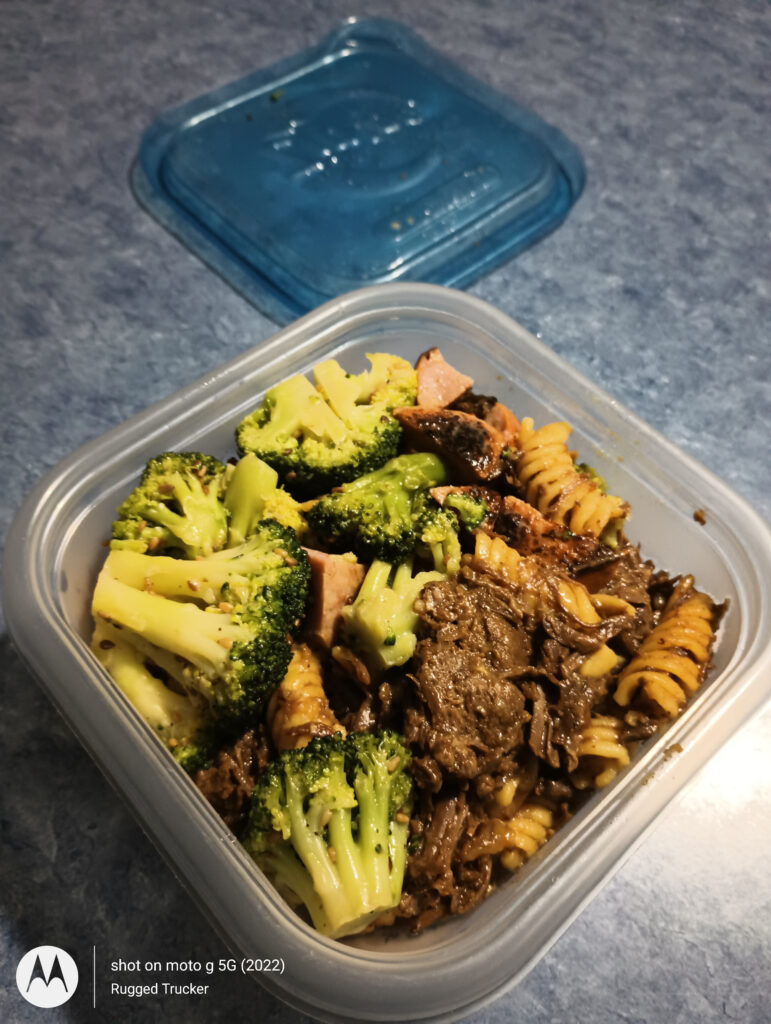
Eating a diet rich in whole grains, fruits, vegetables and low-fat dairy products and low in saturated fat and cholesterol can lower high blood pressure by up to 11 mm Hg. Examples of eating plans that can help control blood pressure are the Dietary Approaches to Stop Hypertension (DASH) diet and the Mediterranean diet.
Potassium in the diet can lessen the effects of salt (sodium) on blood pressure. The best sources of potassium are foods, such as fruits and vegetables, rather than supplements. Aim for 3,500 to 5,000 mg a day, which might lower blood pressure 4 to 5 mm Hg. Ask your care provider how much potassium you should have.
You can’t naturally bring down your blood pressure without quality foods. To do that you need a good cooler. Check ours out and see if it will work for you,.
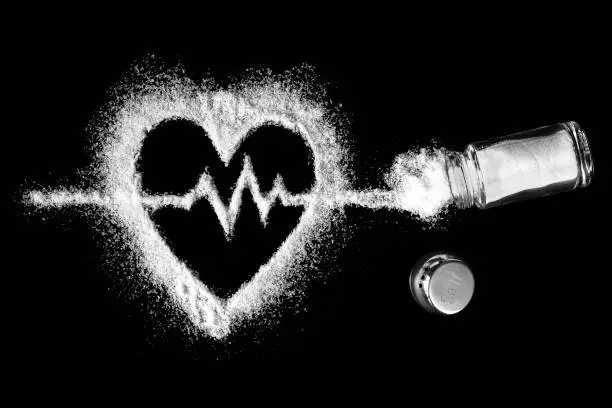
4. Reduce salt (sodium) in your diet
Even a small reduction of sodium in the diet can improve heart health and reduce high blood pressure by about 5 to 6 mm Hg.
The effect of sodium intake on blood pressure varies among groups of people. In general, limit sodium to 2,300 milligrams (mg) a day or less. However, a lower sodium intake — 1,500 mg a day or less — is ideal for most adults.
To reduce sodium in the diet:
- Read food labels. Look for low-sodium versions of foods and beverages.
- Eat fewer processed foods. Only a small amount of sodium occurs naturally in foods. Most sodium is added during processing.
- Don’t add salt. Use herbs or spices to add flavor to food.
- Cook. Cooking lets you control the amount of sodium in the food.
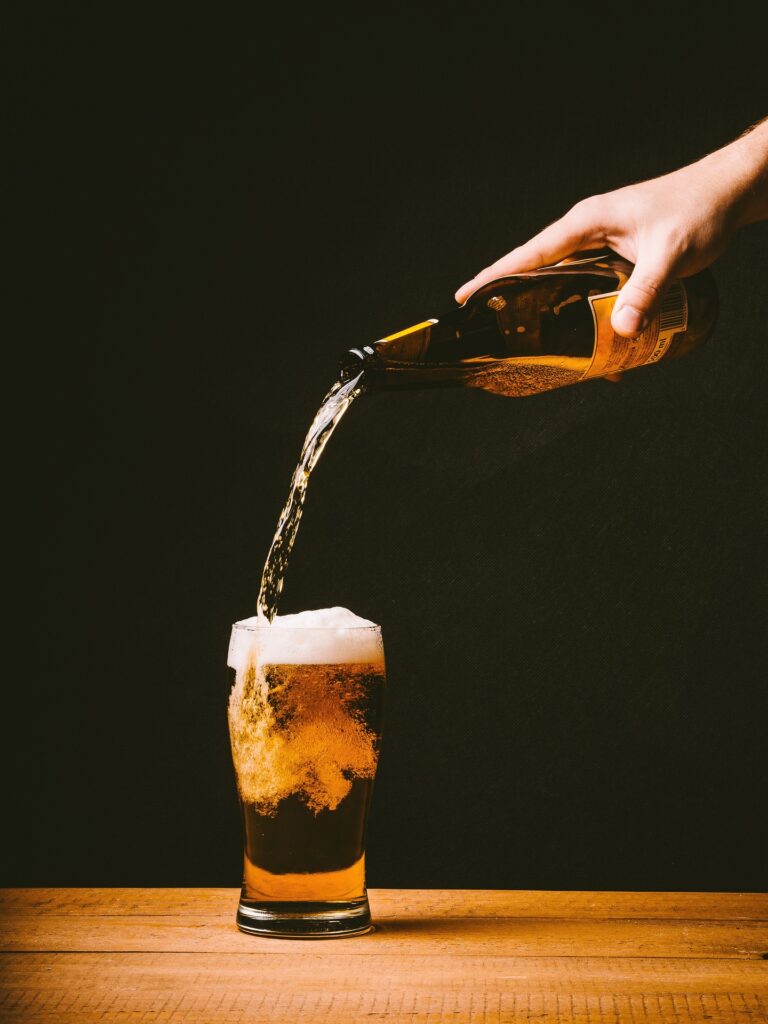
5. Limit alcohol
Limiting alcohol to less than one drink a day for women or two drinks a day for men can help lower blood pressure by about 4 mm Hg. One drink equals 12 ounces of beer, 5 ounces of wine or 1.5 ounces of 80-proof liquor.
But drinking too much alcohol can raise blood pressure by several points. It can also reduce the effectiveness of blood pressure medications.
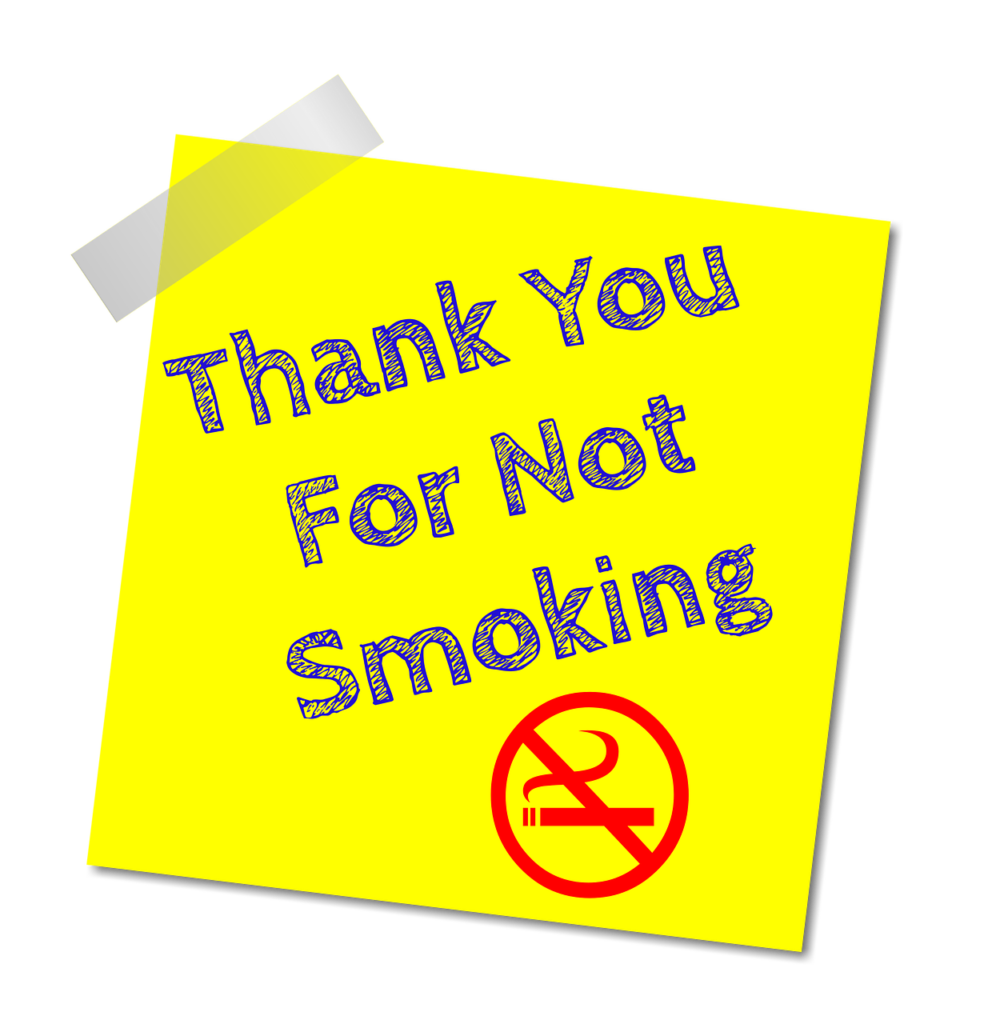
6. Quit smoking
Smoking increases blood pressure. Stopping smoking helps lower blood pressure. It can also reduce the risk of heart disease and improve overall health, possibly leading to a longer life.
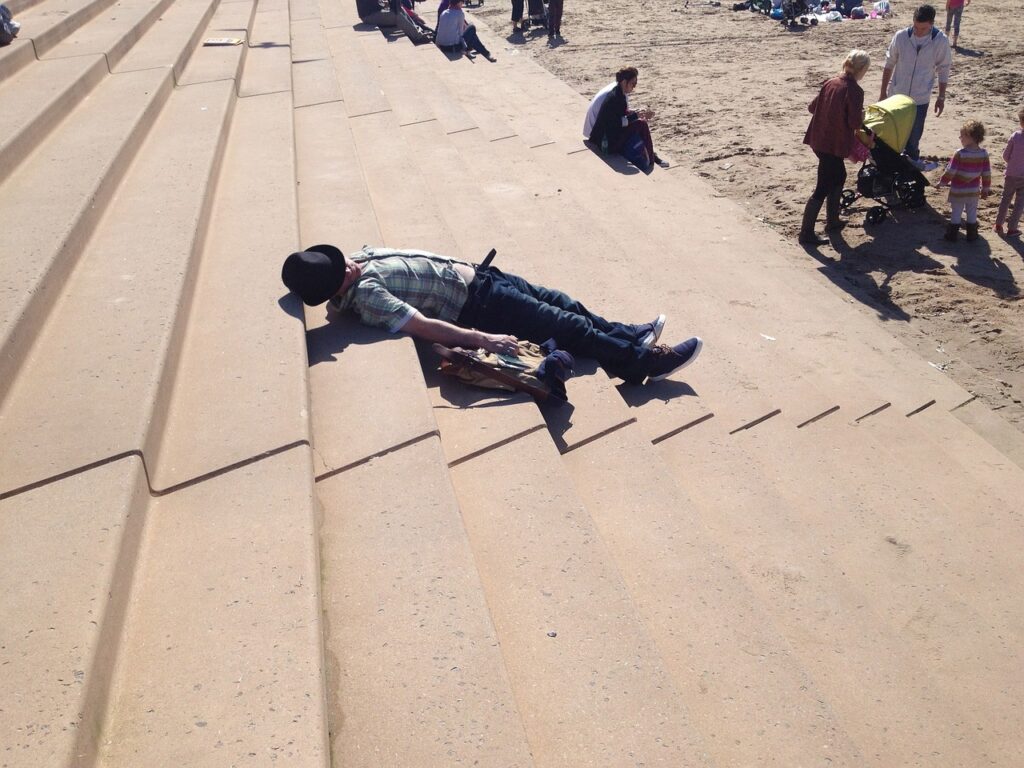
7. Get a good night’s sleep
Poor sleep quality — getting fewer than six hours of sleep every night for several weeks — can contribute to hypertension. A number of issues can disrupt sleep, including sleep apnea, restless leg syndrome and general sleeplessness (insomnia).
Let your health care provider know if you often have trouble sleeping. Finding and treating the cause can help improve sleep. However, if you don’t have sleep apnea or restless leg syndrome, follow these simple tips for getting more restful sleep.
- Stick to a sleep schedule. Go to bed and wake up the same time each day. Try to keep the same schedule on weeknights and on weekends.
- Create a restful space. That means keeping the sleeping space cool, quiet and dark. Do something relaxing in the hour before bedtime. That might include taking a warm bath or doing relaxation exercises. Avoid bright light, such as from a TV or computer screen.
- Watch what you eat and drink. Don’t go to bed hungry or stuffed. Avoid large meals close to bedtime. Limit or avoid nicotine, caffeine and alcohol close to bedtime, as well.
- Limit naps. For those who find napping during the day helpful, limiting naps to 30 minutes earlier in the day might help nighttime sleep.

8. Reduce stress
Long-term (chronic) emotional stress may contribute to high blood pressure. More research is needed on the effects of stress reduction techniques to find out whether they can reduce blood pressure.
However, it can’t hurt to determine what causes stress, such as work, family, finances or illness, and find ways to reduce stress. Try the following:
- Avoid trying to do too much. Plan your day and focus on your priorities. Learn to say no. Allow enough time to get done what needs to be done.
- Focus on issues you can control and make plans to solve them. For an issue at work, talk to a supervisor. For conflict with kids or spouse, find ways to resolve it.
- Avoid stress triggers. For example, if rush-hour traffic causes stress, travel at a different time or take public transportation. Avoid people who cause stress if possible.
- Make time to relax. Take time each day to sit quietly and breathe deeply. Make time for enjoyable activities or hobbies, such as taking a walk, cooking or volunteering.
- Practice gratitude. Expressing gratitude to others can help reduce stress.
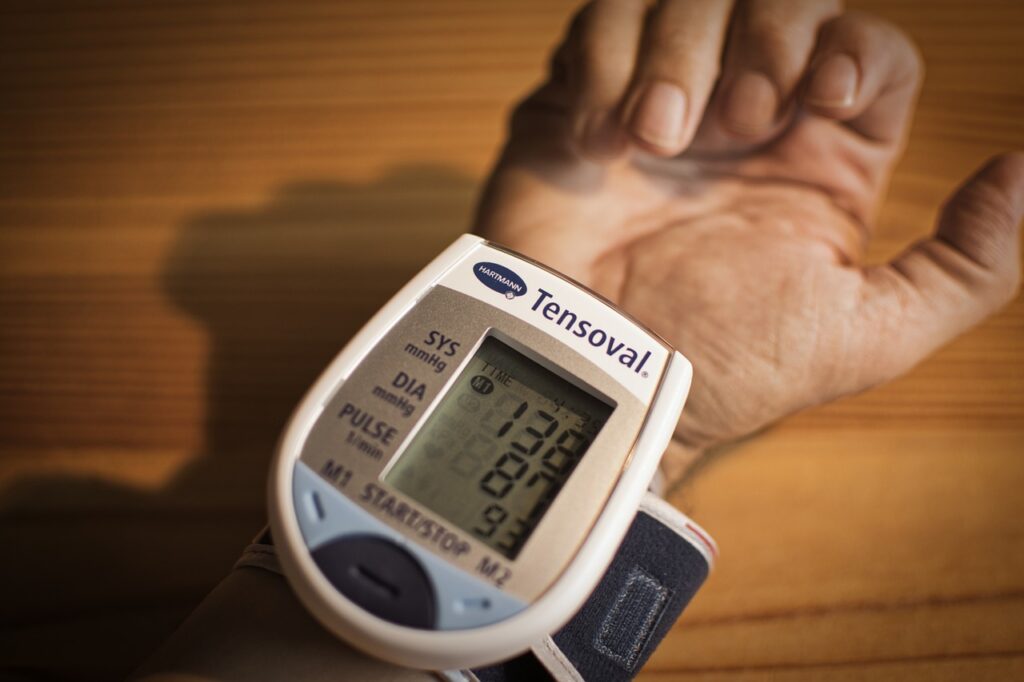
9. Monitor your blood pressure at home or on the road and get checkups regularly
Home monitoring can help you keep tabs on your blood pressure. It can make certain your medications and lifestyle changes are working.
Home blood pressure monitors are available widely and without a prescription. Talk to a health care provider about home monitoring before you get started.
Regular visits with a provider are also key to controlling blood pressure. If your blood pressure is well controlled, ask your provider how often you need to check it. You might be able to check it only once a day or less often.
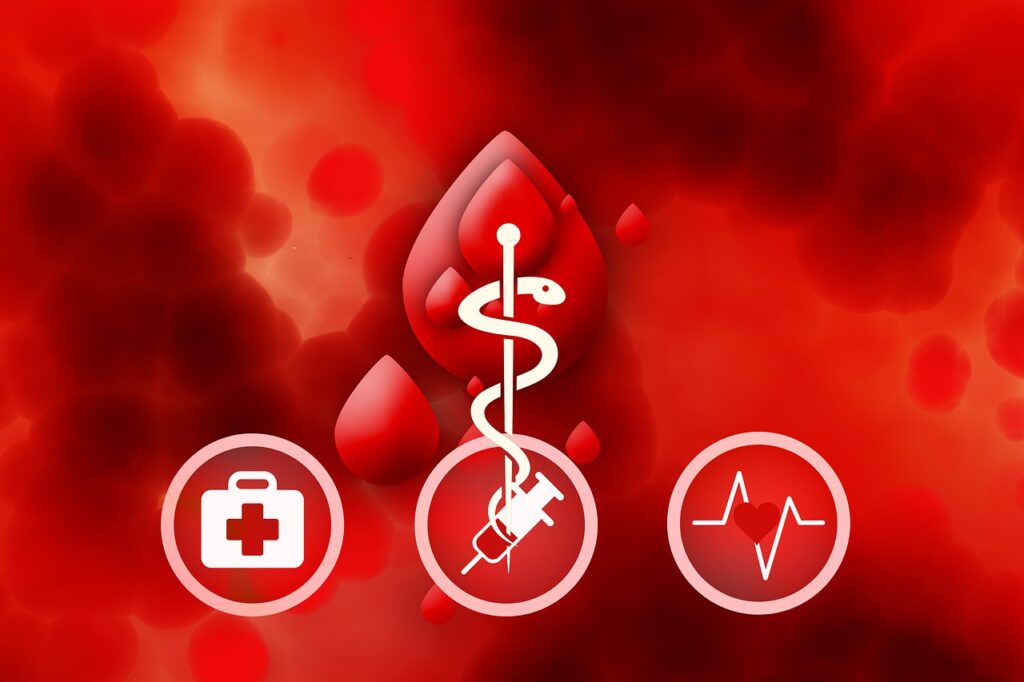
10. The Surprising Benefits of Donating Blood
You can also donate blood as a way of lowering your Blood Pressure.
At “Columbia University Irving Medical Center,” DeSimone states,
“Regular blood donation is linked to lower blood pressure and a lower risk for heart attacks. “It definitely helps to reduce cardiovascular risk factors.”
What’s the connection? “If your hemoglobin is too high, blood donation helps to lower the viscosity of the blood, which has been associated with the formation of blood clots, heart attacks, and stroke,” DeSimone says. “Interestingly, these benefits are more significant in men compared to women. We think maybe it’s because women have menstrual cycles, so they do it naturally without donating blood.”
Another words, if your Red Blood Cell count is too high, your blood is too thick. Donating blood is a quick way to help reduce blood pressure.
Help out and Donate when you get home. It will help you and others out.
Bonus
Pennmedicine.org also includes one extra…this is what they had to say;
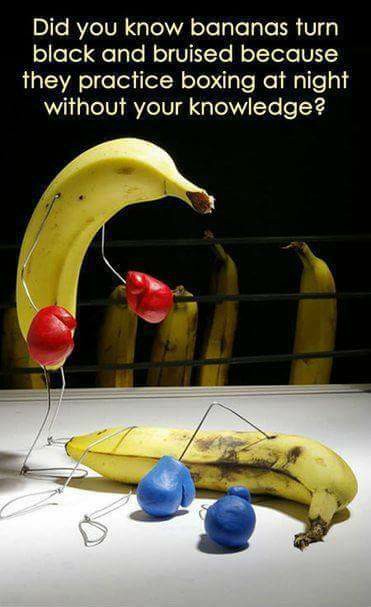
11. Add More Potassium to Your Diet to Reduce High Blood Pressure
Not only does potassium help regulate heart rate, it can also reduce the effects of sodium in the body.
“Potassium helps your body get rid of sodium and also eases tension in your blood vessel walls, both of which help to further lower blood pressure,” says Dr. Craft
The most effective way to increase your potassium intake is by adjusting your diet, as opposed to taking supplements. Potassium-rich foods include:
- Fruits like bananas, melons, oranges, apricots, avocados and tomatoes
- Milk, yogurt and cream cheese
- Leafy green vegetables, potatoes and sweet potatoes
- Tuna and salmon
- Beans
- Nuts and seeds
While incorporating these foods into your diet can improve heart health, it’s important to talk with your doctor about the potassium level that’s right for you. Also, if you have significant kidney disease, you should avoid consuming too much potassium, because your kidneys may not be able to eliminate it.
Anything can be taken on the road with a good Cooler.

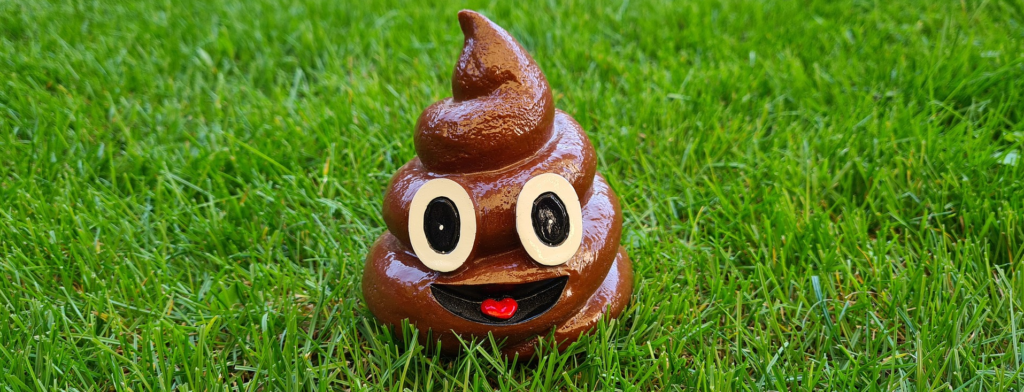

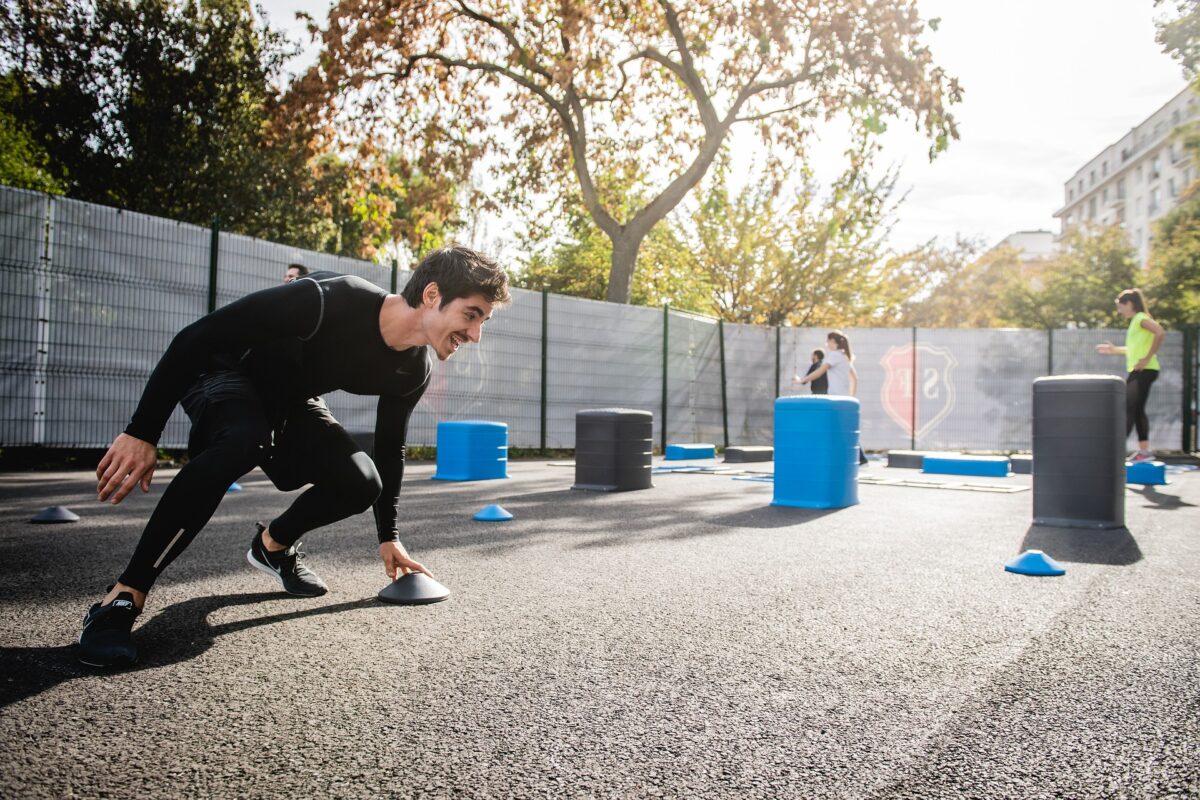
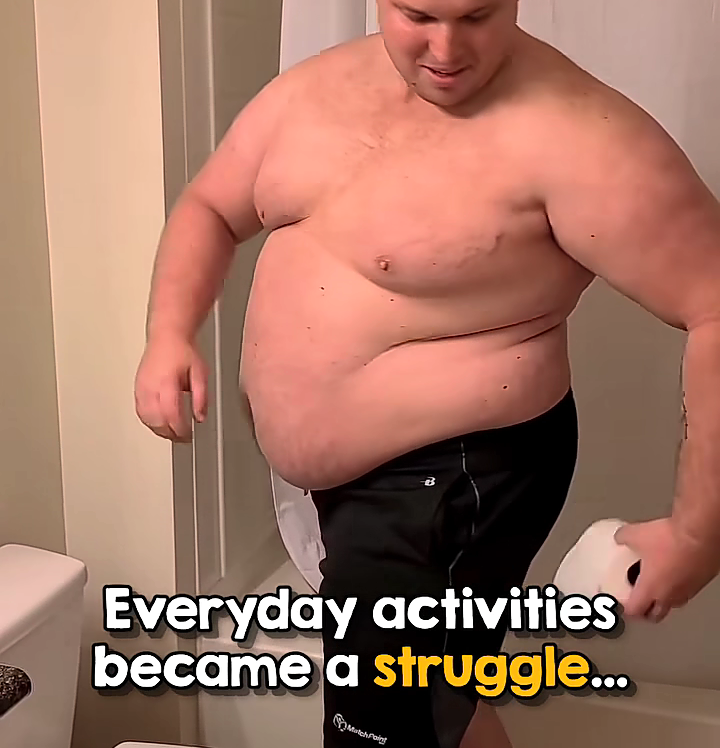

Responses